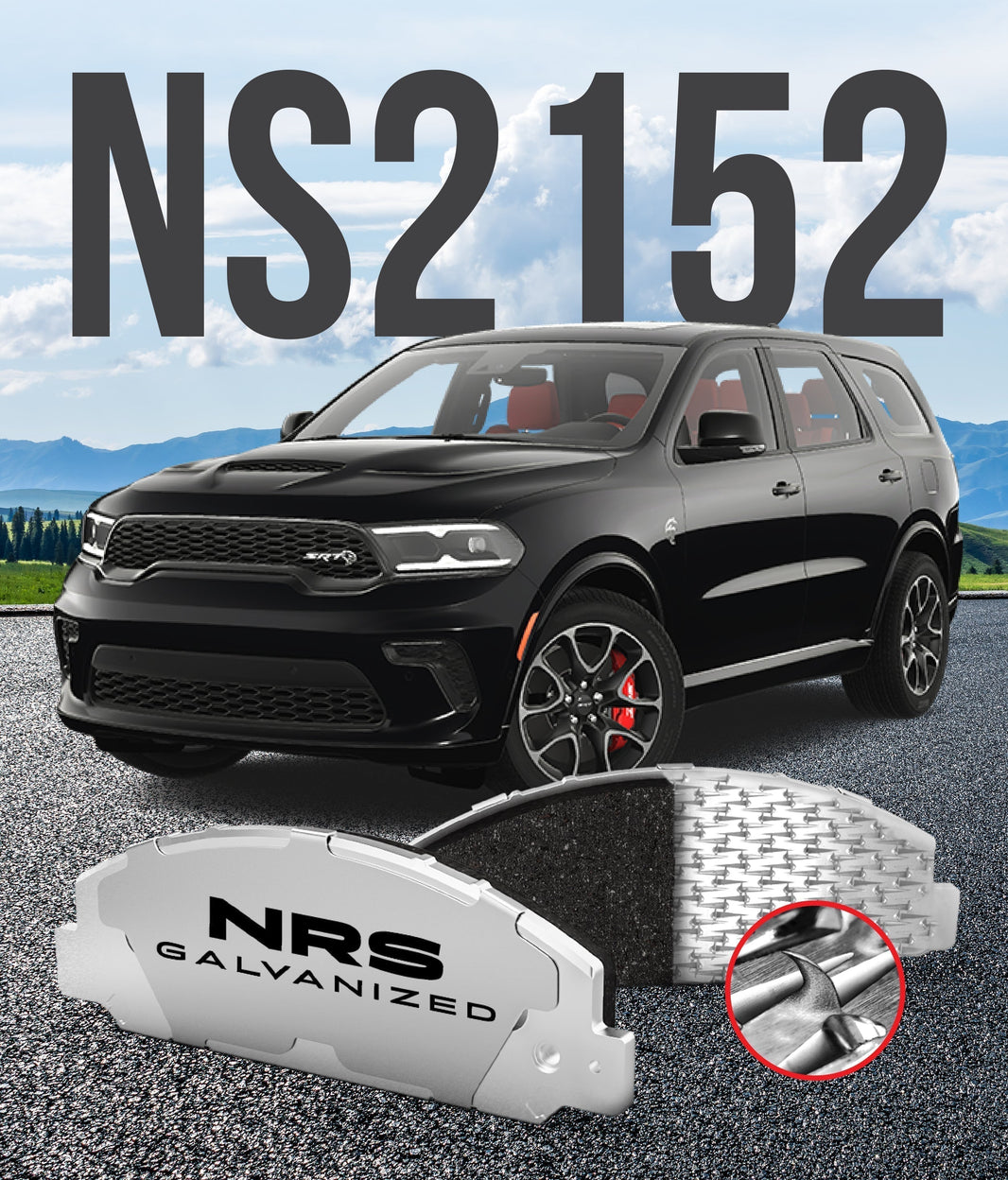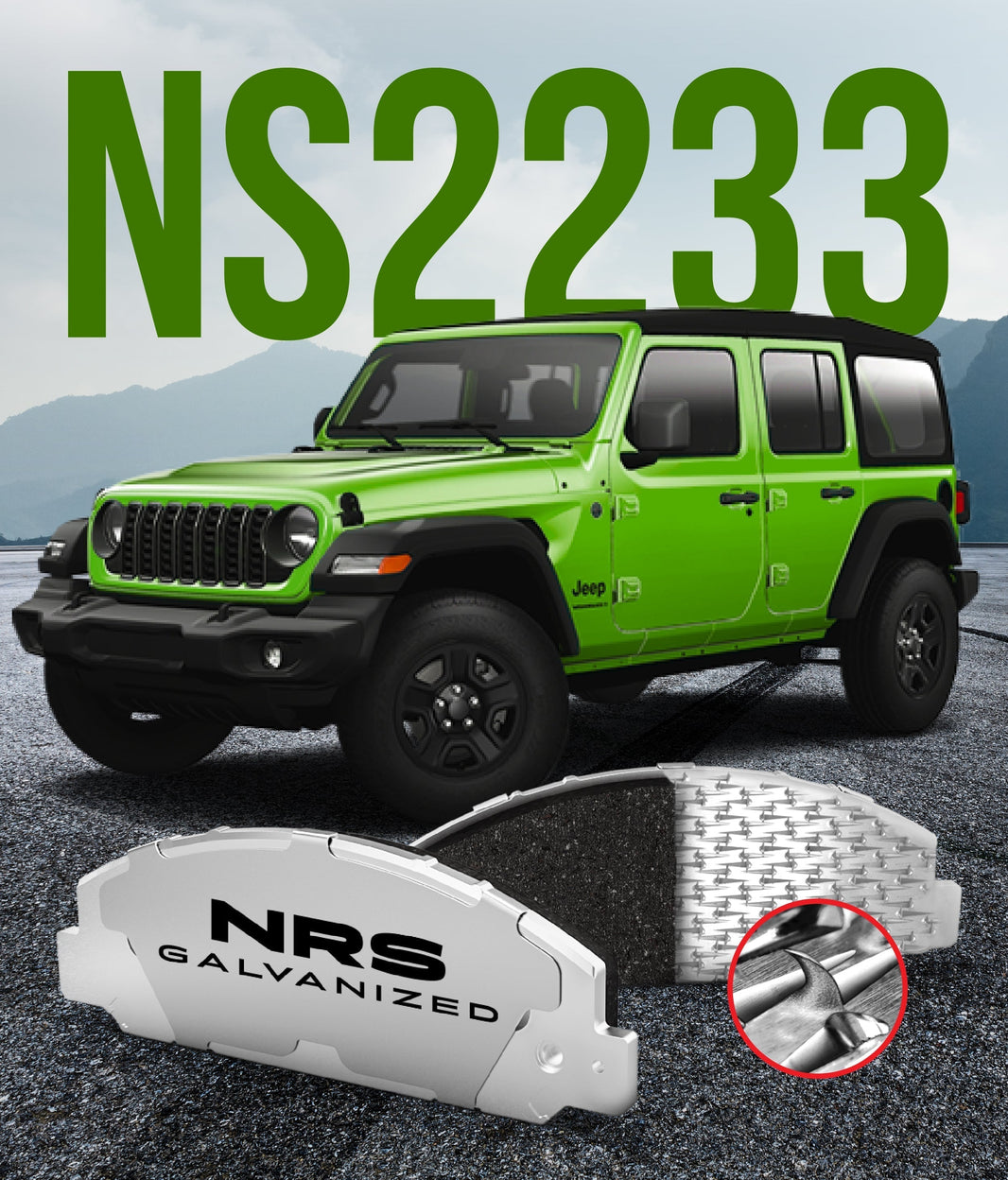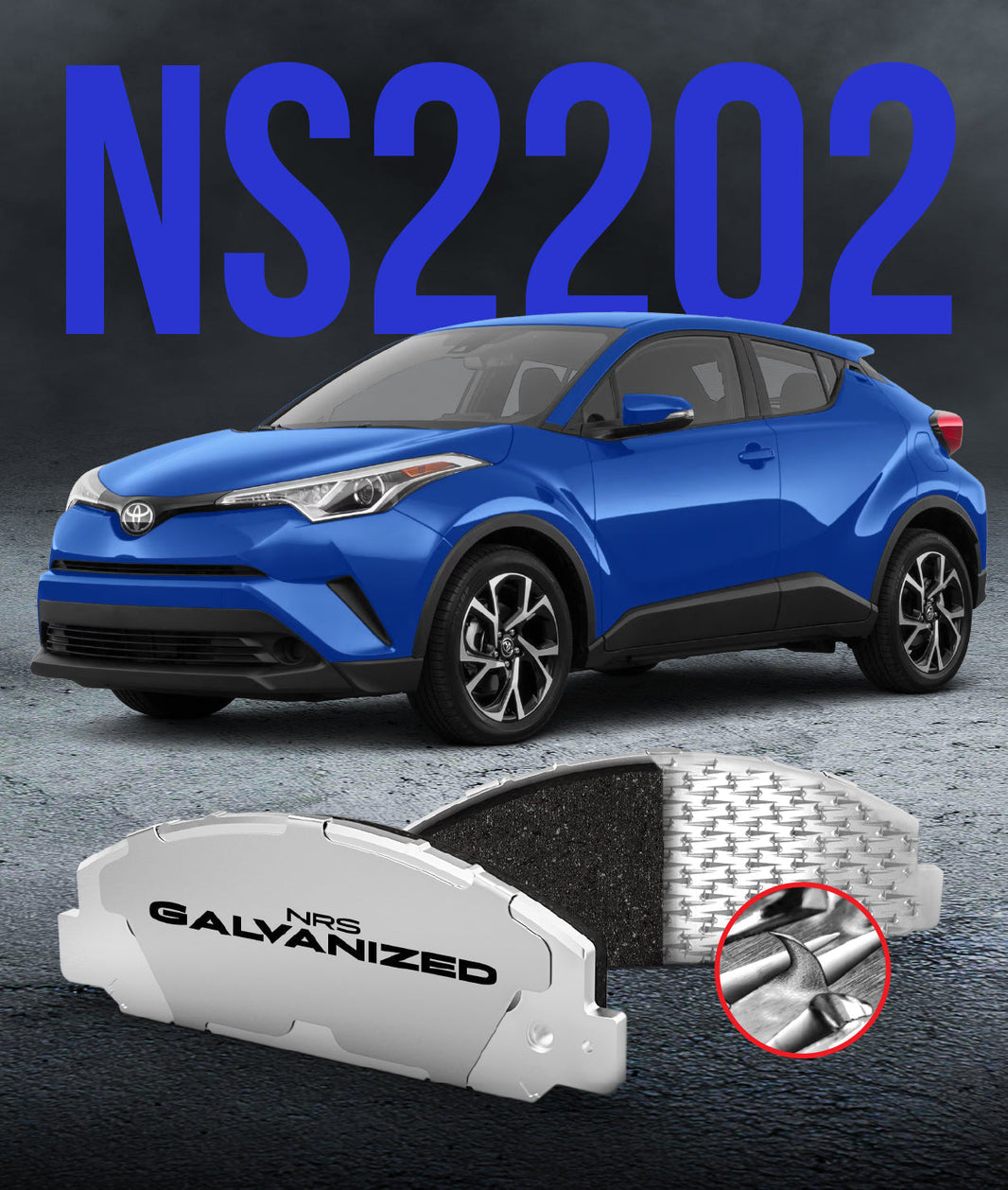
The question of how often to change brake pads is a common one among vehicle owners. There is no single, universally correct answer, as several factors influence brake pad lifespan. However, understanding these factors, recognizing warning signs, and choosing the right type of brake pad can help you stay safe and save money.
This article will provide a practical guide to brake pad replacement. We will discuss the signs that indicate you need new pads. Also explore how a specific type of brake pad, the galvanized brake pad, offers a significant advantage in terms of longevity and performance. Do you want to get the most out of your brakes?
Recognizing the Signals: When Your Brakes Are Talking to You
Your car is pretty good at letting you know when something is wrong. Oftentimes you just need to pay attention. When it comes to brake pads, there are several key indicators that suggest it is time for a replacement.
One of the most obvious signs is noise. Screeching, squealing, or grinding sounds when you apply the brakes are a classic warning. These noises typically occur due to rust that is causing the friction to separate from the painted steel backing plate. The rust can also cause the steel backing plate to jam in the caliper. Rusty brake pads will also cause the paint to continue to peel off and separate the noise insulator (the Shim) causing noise. Think of it as your car's way of saying, "Hey, pay attention to me!"
Beyond noise, there are other things to watch, or rather, feel for. If you notice that your brake pedal feels spongy or soft, or if you feel a vibration, this could indicate worn or rusted brake pads. A noticeable decrease in braking performance is a serious sign that should never be ignored.
The Galvanized Advantage: Extending Brake Pad Life
Traditional painted brake pads are susceptible to rust and corrosion. Especially in regions with harsh weather conditions, like those experienced across much of Canada and USA. This corrosion can significantly shorten the lifespan of the pads, leading to more frequent replacements and increased costs. This is where galvanized brake pads come into play.
Galvanization is a process where a protective zinc coating is applied to the steel backing plate of the brake pad. This zinc coating acts as a barrier, preventing rust and corrosion from taking hold. Imagine it as a suit of armor for your brake pads, shielding them from the elements. This protection has a direct impact on how long the pads last.
NRS Brakes vs. The Competition: A Lifespan Comparison
So, how does the lifespan of NRS galvanized brake pads compare to that of traditional, uncoated pads? The difference can be significant, and it is all thanks to that protective zinc (galvanized) coating. While numerous variables influence brake pad wear, laboratory and real world testing demonstrates galvanized brake pads have an increased lifespan.
Traditional brake pads, when exposed to rust and corrosion, can degrade rapidly. The friction material can separate from the backing plate, a dangerous condition known as delamination. Galvanized pads, by resisting this corrosion, maintain their structural integrity for a longer period. The result? You will not need to replace them as often.
The lifespan of traditional aftermarket brake pads ranges from 10,000 to 25,000 miles. Galvanized brake pads, however, offer an extended lifespan of 50,000 to 100,000 miles before requiring replacement.
Beyond Longevity: The Benefits of Galvanized Pads
The advantages of galvanized brake pads go beyond simply lasting longer. The enhanced durability translates to improved safety and performance. By resisting rust, these pads maintain a more consistent contact area with the rotor, ensuring reliable stopping power over their lifespan.
Consider the long term cost savings. While galvanized pads might have a slightly higher upfront cost compared to some traditional pads, their extended lifespan means you will be replacing them less frequently. This reduces not only the cost of the pads themselves but also the labor costs associated with brake jobs. Think of it as an investment that pays off over time. You're not just buying brake pads; you're buying peace of mind.
Making the Smart Choice: Choosing NRS Brakes
Hopefully you have gained a good understanding of brake pad wear. Knowing how often to change brake pads is dependent on various conditions. Recognizing the signs of worn pads, and understanding the benefits of galvanized technology.
We, at NRS Brakes, are passionate about providing drivers with the safest and most durable braking solutions. Our galvanized brake pads are designed to withstand the toughest conditions, providing superior performance and extending the time between replacements. If you are seeking the Best Brake Pads and want to experience the NRS advantage, explore our website today. We are confident that you will appreciate the difference.




